Selecting New Discus Additions for a Collection
Finding excellent discus requires recognizing a few key details. In this article, we’ll first give you suggestions on what to look for when choosing discus. Afterward, we’ll provide examples of healthy and unhealthy discus. These examples can help you learn how to identify healthy and unhealthy discus.
KEYS FOR SELECTING THE BEST OF THE BEST DISCUS
Here are some key factors that discus hobbyists use to find the best of the best discus:
- Discus should be round shaped, not wedge shaped. Either bad genetics or stunted growth is to blame for odd shaped discus. Poor diet also contributes to weirdly-shaped discus.
- Discus stomachs should not look like they are pinched. This could mean the discus is sick or not eating.
- Discus stomachs should not look bloated. This could mean that the discus has a digestive blockage or worm infestation.
- Discus eyes should be smaller in proportion to their body. This disproportion means that the discus’ growth was stunted by bad nutrition. There is no cure for this, no matter how much you feed your discus after the damage has been done.
- Discus eyes should be clear, not cloudy or dark. Cloudy eyes can be a sign of poor health or stress.
- Discus fins should be spread out and erect, not clamped down. Clamped down fins can be signify a stressed and sick discus.
- Discus body colors should be vibrant and bright, not dark or black. Dark or black discus that are not carrying fry are either stressed or sick.
- Discus should approach the glass of the tank when a hand is placed near the tank (not tapping). Approaching the tank glass is a sign of a happy discus with a good appetite.
- Discus fins should be intact, not torn. Torn fins can be a sign of nipping or poor health.
- Discus should not have white or long stringy waste. This can mean internal parasites
EXAMPLES OF SICK DISCUS
They say a picture is worth a thousand words. Below is a picture of two discus that you should not buy. These discus display several key indicators mentioned above. Take a look at the picture below and see how many “bad discus” indicators you can spot.
Hints:
- Discus on the left has cloudy eyes.
- Discus on the right has large eyes compared to rest of the body
- Both discus have wedge-shaped bodies
EXAMPLE OF GREAT DISCUS
In comparison to the discus in the picture above, you can see the discus pictured below are excellent discus. Take a look at the picture below and see how many “great discus” indicators you can identify.

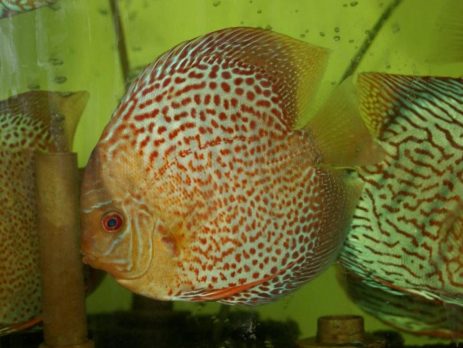
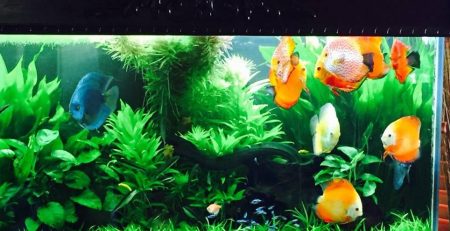
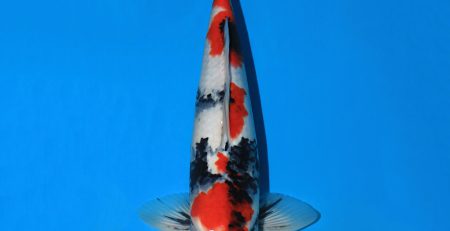
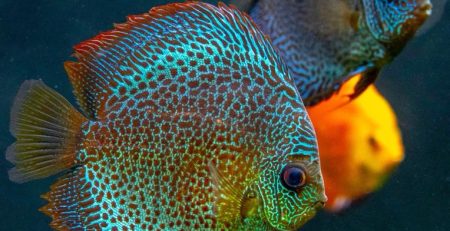
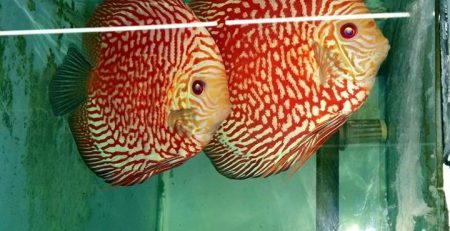

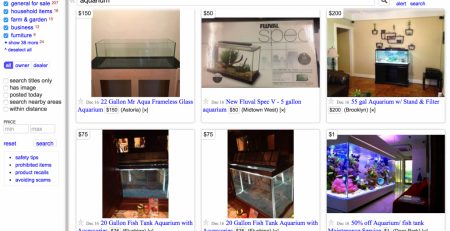
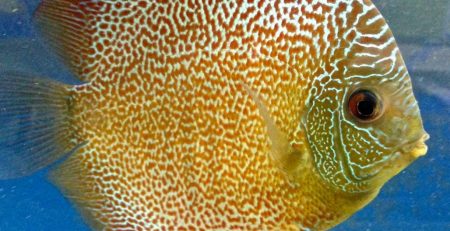
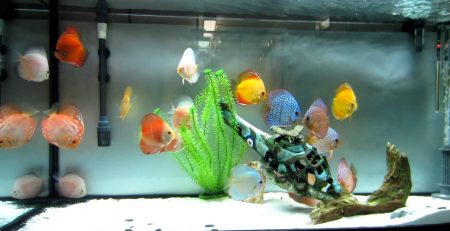
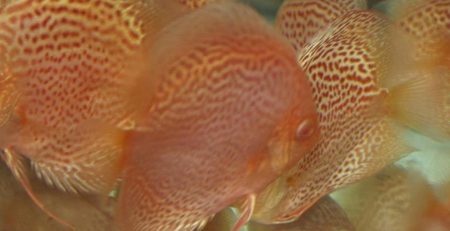
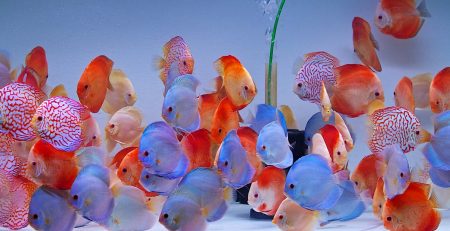
Leave a Reply
You must be logged in to post a comment.